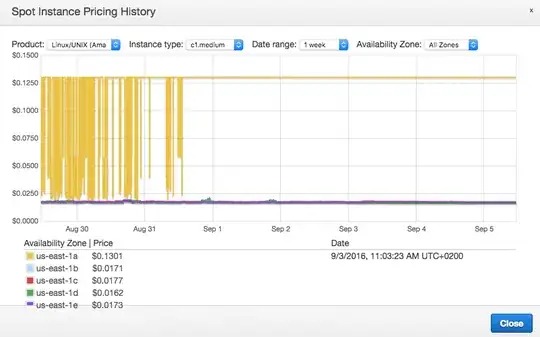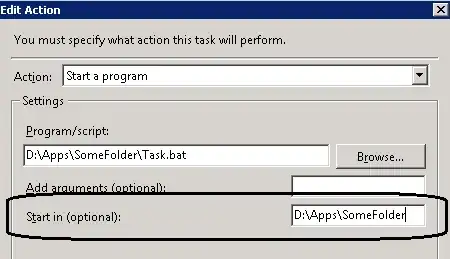The paper you cited reflects observations and conclusions that are no longer applicable, if indeed they ever were.
Since then prices in the availability zone we use have spiked at a price point suspiciously near our bids.
This is actually not a surprise.
Spot capacity is allocated by the following logic, for each combination of availability zone, platform, OS type, and instance type:
Determine the number of instances available as spot instances of this type. (The algorithm here is unknown, but it is presumably some fraction of the available hardware for on-demand but not currently in-use.) Call this number n.
Sort the bids from high to low, and identify the top n largest price bids. These are the winning bids. If any non-winning bids have a running spot instance, terminate it. If any winning bids do not have a running instance, launch it. If winning bids alread have their running instance, do nothing.
Take the bid price of the lowest winning bid. This becomes the current price.
When bids are created or destroyed, or there is a shift in available capacity, start over from the top.
From this logic, we can extrapolate several conclusions:
If the spot price is at the minimum price, then there is more capacity available than there are bidders bidding over the absolute minimum.
Conversely, when the price is above the minimum, then demand exceeds capacity, so all bidders above the market price impact the market price upward, because the price is exactly the amount bid by the lowest winning bidder.
The closer the market price rises near your bid, the closer you are to being among the lowest winning bidders.
Contemplation of the algorithm suggests that if you are running multple instances in the same availability zone/platform/OS-type/instance-type, but you are willing to accept fewer than the desired number of instances, you should make multiple, individual bids with staggered bid amounts. This potentially gives you better insight into the market and increases the likelihood that you'll have some winners rather than none, and that if one of your bids is the lowest winner, the market price paid by all winners will be lower. If the price you have in mind is, say, $3/hr each for 3 instances, it might be desirable to instead bid $4, $3, and $2, because you would pay, maximum, $4 for 1, $6 for 2, and $6 for 3. If instead you bid $3 for 3, your maximum hourly cost would be $9 for 3 if your $3 bid is the lowest winner. The appropriate bidding strategy, however, depends on the value you place on the machines. I wrote at length about this on Webmasters.SE.
Note that, as you observed, within a region, across accounts, the availability zone-to-name mappings differ.
Q: How can I make sure that I am in the same Availability Zone as another developer?
We do not currently support the ability to coordinate launches into the same Availability Zone across AWS developer accounts. One Availability Zone name (for example, us-east-1a) in two AWS customer accounts may relate to different physical Availability Zones.
https://aws.amazon.com/ec2/faqs/#availability-zones


